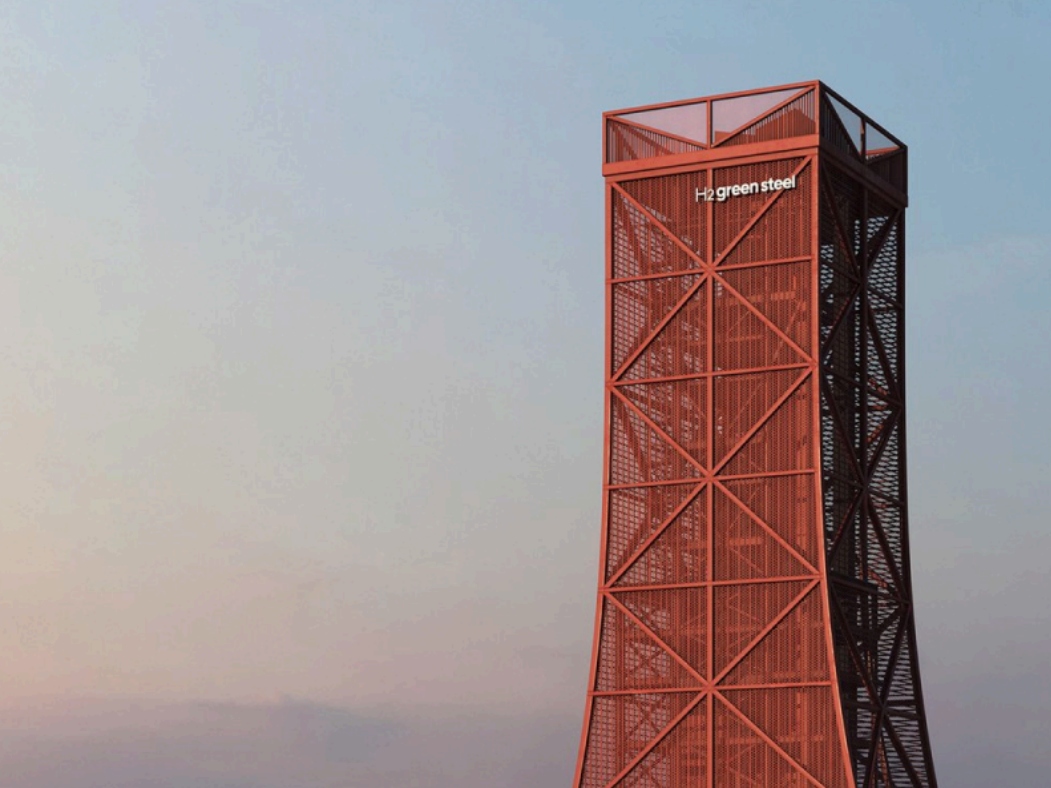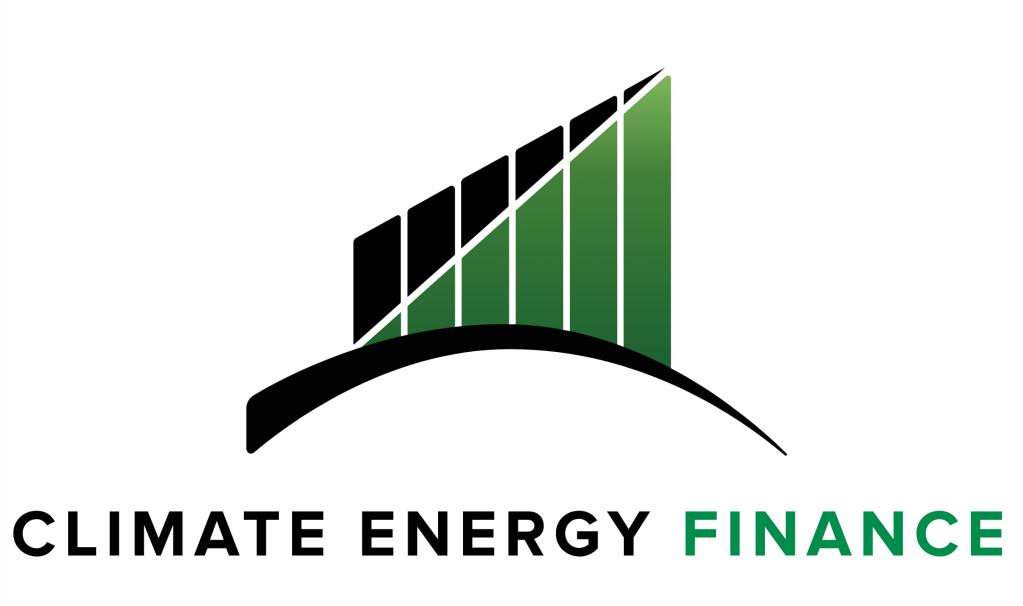Top of the agenda for PM Albanese’s visit to China this week has been the massive bilateral opportunity for Australia – the world’s #1 producer of iron ore, with a 56% share of global exports – to partner with China on developing green iron and steel produced using zero-emissions energy.
Such an important opportunity to elevate the understanding on this $100 billion investment opportunity for Australia, and the need to collaborate with our key trade partners real time to make it happen here, rather than in the Middle East and Brazil.
The PM’s Shanghai green steel roundtable with Chinese officials and Australian resources leaders including BHP, Rio Tinto, Fortescue and Hancock was a potential watershed in China-Australia trade collaboration with real potential to position Australia as a leader in green iron. After the meeting, the PM announced that a Policy Dialogue on Steel Decarbonisation had been established, which will “provide Australia with timely insights and input into the Chinese government’s planning on steel, including new opportunities for our domestic mining and steel industries.”
China leads globally in steel production, and the sector accounts for 15% of China’s emissions.
Globally, steel production creates 7-9% of emissions. Outside of the electrification of transport and the decarbonisation of electricity, green iron and steel is the single largest opportunity to reduce global emissions. As number one in iron ore and steel respectively, Australia and China are uniquely placed to jointly play the pivotal role in this era-defining industrial transformation.
As detailed in Climate Energy Finance’s report Green Metal Statecraft: Forging Australia’s Green Iron Industry, Australia could double the value of our iron exports to $250 billion pa by pivoting to green iron. Failure to do so risks halving export revenues, as China, which takes 86% of our iron ore, reduces overall steel production, boosts scrap recycling and concurrently looks to other nations with higher grade, lower impurity ore to decarbonise its supply chains. It has already moved to joint-venture in Guinea to unlock a vast new high-grade deposit.
It was highly significant to hear the PM and Australian iron ore leaders commit to working in partnership with China to jointly drive steel sector decarbonisation. Equally heartening was the PM’s stated intention to invest in joint R&D and make equity and other investments via vehicles such as the NRF to strategically accelerate our green iron industry – the state support and policy certainty that iron ore majors need to further invest their private capital into the transition.
The $1 billion Green Iron Investment Fund is a good first step, but we now need to double down, and then double down again, and bring Western Australia and South Australia into this key global race.Next on the table should be a China-Australia bilateral agreement on green iron and steel, as Fortescue CEO Andrew Forrest proposed, to convert talk into action. A Clean Commodity Trading Initiative (CCTI) should likewise be a priority – as Prof. Elizabeth Thurbon and Oliver Yates have promoted. This would be a game-changing step forward in bringing Australia’s top investment, employment and export opportunity to fruition.
Read more – Climate Energy Finance: accelerating Australia’s net zero transition
For more from Climate Energy Finance see: https://climateenergyfinance.org/


